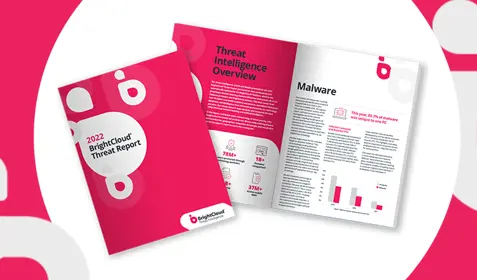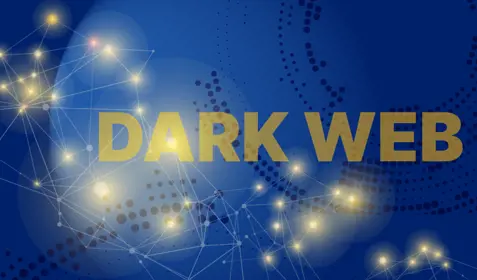Companies are constantly attacked by hackers, but what if those attacks come from the inside? More companies than ever before are dealing with insider security threats. Here are 11 steps that all organizations should take to mitigate these threats and protect important company data:
1. Always encrypt your data
If you want to minimize the impact of an insider threat, always encrypt data. Not all employees need access to all data and encryption adds another layer of protection.
2. Know the different types of insider threats
There are different types of insider threats. Some are malicious, and some are simply due to negligence. Malicious threats may be identified by employee behavior, such as attempting to hoard data. In this case, additional security controls can be an effective solution.
3. Do background checks before hiring
Before you hire a new employee, make sure you are doing background checks. Not only will this show any suspicious history, it can stop you from hiring any criminals or those associated with your competitors. Personality tests can also red flag the propensity for malicious behavior.
4. Educate your staff
Educating your staff on best practices for network security is imperative. It is much easier for employees to use this information if they are aware of the consequences of negligent behavior.
5. Use monitoring solutions
There are monitoring solutions that you can use, such as application, identity and device data, which can be an invaluable resource for tracking down the source of any insider attack.
6. Use proper termination practices
Just as you want to be careful when hiring new employees, when terminating employees, you also must use proper practices. This includes revoking access to networks and paying attention to employee actions on the network in the days before they leave.
7. Go beyond the IT department
Though your IT department is a valuable resource, it cannot be your only defense against insider threats. Make sure you are using a number of programs and several departments to form a team against the possibility of threats.
8. Consider access controls
Access controls may help to deter both malicious and negligent threats. This also makes it more difficult to access data.
9. Have checks and balances for all staff and systems
It is also important to ensure there are checks and balances in place, i.e. having more than one person with access to a system, tracking that usage and banning shared usernames and passwords.
10. Analyze network logs
You should collect, store and regularly analyze all of your network logs, and make sure it’s known that you do this. This will show the staff that you are watching what they are doing, making them less likely to attempt an insider attack.
11. Back up your data
Employees may be malicious or more likely they make big mistakes. And when they do, you’d sleep better at night knowing you have redundant, secure cloud based backup to keep your business up and running.
Robert Siciliano is an expert in personal privacy, security and identity theft. Learn more about Carbonite’s cloud and hybrid backup solutions for small and midsize businesses.










